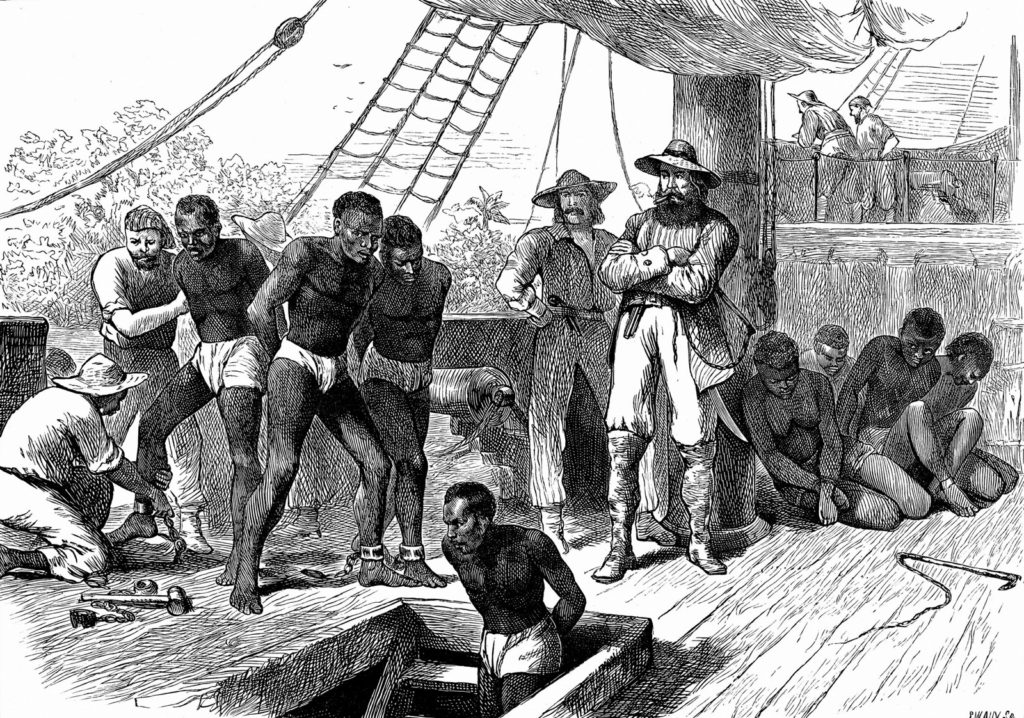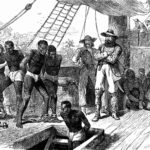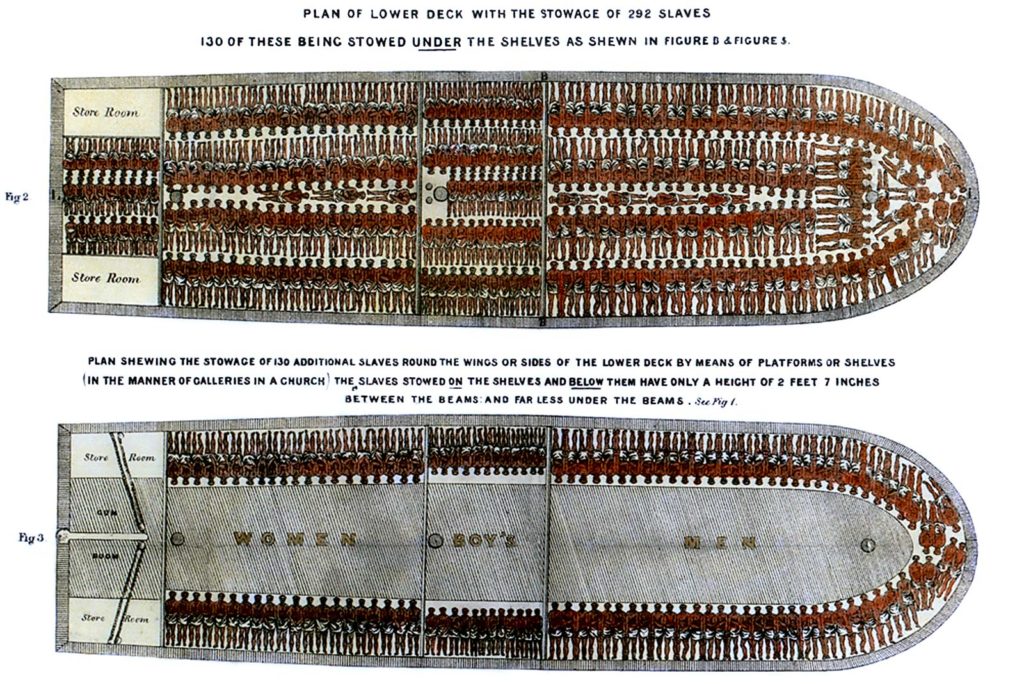On this International Day of remembrance of slavery victims and transatlantic slave trade, we dive back in history and look into the barbaric acts against Africans that witnessed the illegal transportation of over 15 million enslaved Africans across the Atlantic Ocean to the Americas from the 16th to the 19th century.
This inhumane act was initially propagated by the Portuguese dating back to the 1480s and in part by the Spanish conquistadors who took African slaves to the Caribbean after 1502. Afterwards came the Dutch during parts of the 1600s, and in the following century English and French merchants controlled about half of the transatlantic slave trade, taking a large percentage of their human cargo from the region of West Africa between the Sénégal and Niger rivers.
The Atlantic passage (or Middle Passage) was notorious for its brutality and for the overcrowded, unsanitary conditions on slave ships, where hundreds of Africans were packed tightly into tiers below decks for a voyage of about 5,000 miles (8,000 km). They were typically chained together, and slotted into the low ceilings that would not permit for an upright sitting. The heat was intolerable, and oxygen levels became so low that candles would not burn. In fear of insurrection by the crew, the slaves were allowed to go outside on the upper decks for only a few hours each day. It is estimated that between 15-25% percent of the African slaves bound for the Americas died aboard slave ships.
Atrocities and sexual abuse of the enslaved captives were widespread, although their monetary value as slaves perhaps mitigated such treatment. In an infamous incident of the slave ship Zong in 1781, when both Africans and crew members were dying of an infectious disease, Capt. Luke Collingwood, hoping to stop the disease, ordered that more than 130 Africans be thrown overboard. He then filed an insurance claim on the value of the murdered slaves.
© Everett Historical/Shutterstock.com
The slave trade had devastating effects in Africa. Economic incentives for warlords and tribes to engage in the slave trade promoted an atmosphere of lawlessness and violence. Depopulation and a continuing fear of captivity made economic and agricultural development almost impossible throughout much of western Africa. The European slavers usually left behind persons who were elderly, disabled, or otherwise dependent – groups who were least able to contribute to the economic health of their societies.
Source – Britannica
Images – Photos.com/Getty Images




